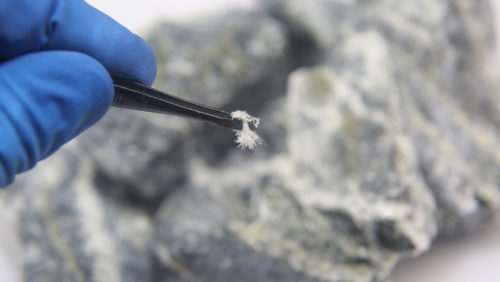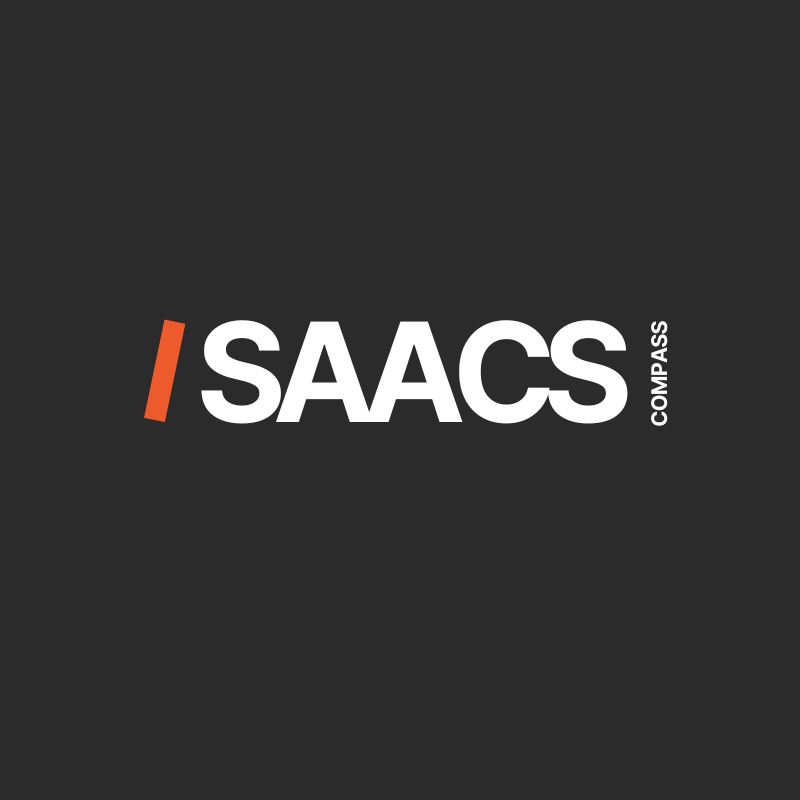Asbestos In DC Homes
Information on detection, testing and remediation for asbestos in Washington DC homes.

What is asbestos?
Asbestos is a mineral fiber that occurs in rock and soil. Because of its strength and heat resistance, asbestos has been used in a variety of building construction materials for insulation and as a fire retardant. It has also been used in a wide range of manufactured goods, mostly in building materials (roofing shingles, ceiling and floor tiles, paper products, and asbestos cement products), friction products (automobile clutch, brake, and transmission parts), heat-resistant fabrics, packaging, gaskets, and coatings.
Due to its prevalence, you can expect to find asbestos products in pre-1989 homes unless it was previously remediated. Six asbestos minerals were commonly used commercially – chrysotile, amosite, crocidolite, anthophylite, tremolite and actinolite.
Is Asbestos Dangerous?
Toxic Substances Control Act
Actions to protect the public from exposure to asbestos under the TSCA include the following:
- 1989 Partial Ban on the manufacture, import, processing, and distribution of some asbestos-containing products. EPA also banned new uses of asbestos which prevent new asbestos products from entering the marketplace after August 25, 1989. These uses remain banned. The April 2019 final rule does not provide a way for these uses to return to the marketplace.
- April 2019 Final Rule to ensure that asbestos products that are no longer on the market cannot return to commerce without the Agency evaluating them and putting in place any necessary restrictions or prohibiting use. The uses covered under this rule were not already prohibited under TSCA and could have returned to the market at any time.
- Risk evaluation of asbestos under TSCA. EPA is reviewing a handful of very limited, still ongoing uses of asbestos. The evaluation of the risks associated with ongoing uses of asbestos is required under TSCA section 6. If EPA finds unreasonable risk, the Agency will take prompt action to address those risks.
Bullet Points
- Asbestos was widely used in home components
- Not dangerous if undisturbed
- Toxic Substances Control Act bans uses
Related to this
CAREN L
While other agents said, “This is what you need to do;” The Isaacs Team said, “We can do this for you!” Our process was smooth and quick, and they designed a strategy and negotiated a sale well above our asking price; and a purchase price below asking – both in the same market.
April 2009 Final Rule
Actions to protect the public from exposure to asbestos under the TSCA include the following:
April 2019 final rule
- Banned uses of asbestos
- Risk evaluation under TSCA
- Regulatory history
How Does The Final Rule Protect You?
The public is protected from uses of asbestos that are no longer on the market and are not covered under any other laws or regulations. Products like certain asbestos vinyl floor tiles, insulation, and other building materials, as well as clothing and manufacturing products, are prohibited from being produced and sold before EPA reviews them and puts in place any necessary restrictions or prohibits use.
EPA is not allowing new uses of asbestos. Persons subject to the rule are required to notify EPA at least 90 days before commencing any manufacturing, importing, or processing of asbestos or asbestos-containing products covered under the rule. These uses are prohibited until EPA conducts a thorough review of the notice and puts in place any necessary restrictions, including prohibiting use.
Uses of asbestos covered under the partial 1989 ban will remain banned. This rule keeps these prohibitions in place and would not amend them in any way. In other words, this action does not provide a means by which these prohibited products could return to the marketplace.
Testing involves placing a detector in a designated area, making sure the environment is not disturbed (airing out) for the prescribed number of days, then sealing the detector back in the package. If it is determined that there is a build-up in an area of the home, use only recommended mitigation methods.
How To Identify Asbestos In The Home
It’s best not to poke around yourself, as even a minor disturbance can release asbestos fibers into the air or onto your skin. Here are some of the common areas where asbestos was used in the home:
- Roofing and/or siding shingles (asbestos cement)
Insulation (pre-1970) - Textured paint, wall and ceiling repair compounds (banned in 1977)
- Vinyl floor tiles, vinyl sheet flooring backing, adhesives
White heating duct tape - Pipe coatings and/or coverings for hot water/steam
- “Popcorn” ceilings
DC’S Asbestos Abatement Program
DOEE’s Asbestos Abatement Program issues asbestos abatement permits to licensed contractors, inspects and monitors asbestos abatement projects and reviews asbestos abatement reports, and investigates asbestos complaints.
DOEE prosecutes violators who fail to comply with asbestos laws and regulations.
Important Information On Asbestos
- How to Identify Materials That May Contain Asbestos
- What to Do If You Have Asbestos in Your Home
- Asbestos Do’s and Don’ts for the Homeowner
- If You Have an Asbestos Problem
- Asbestos Professionals: Who Are They and What Can They Do?
- Before You Hire an Asbestos Professional
- If You Hire an Asbestos Professional Inspector
- If You Hire an Asbestos Professional Contractor
- Asbestos Brochure for Residents & General Public
- Mesothelioma in DC
